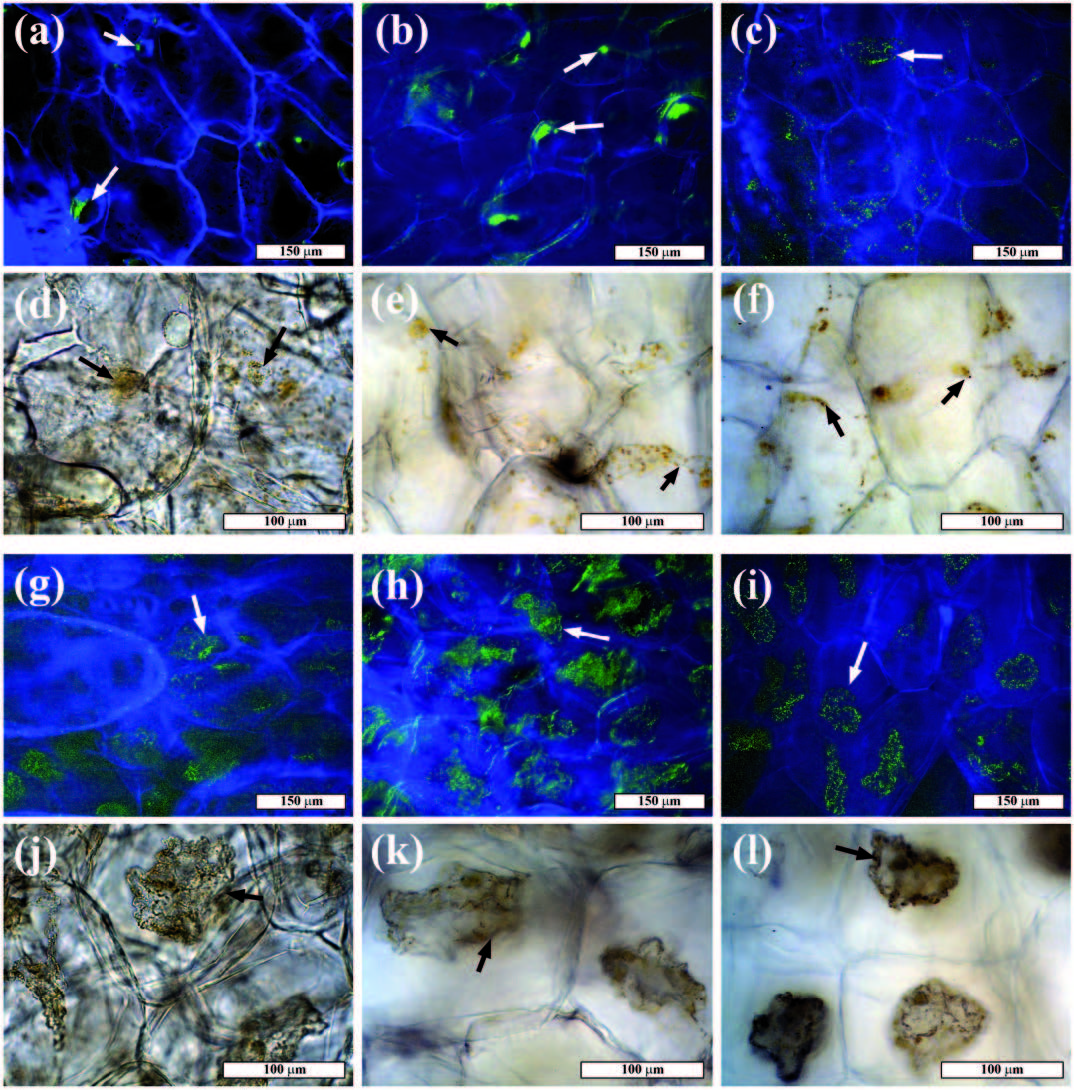Processing, Handling, Transporting, Sanitizing, Storing, Enjoying
A long chain of events happen to food on its way from the farm to the table. Each step in the journey adds complexity. Part of what we do is breaking down the journey, examining and researching each step, and trying to find ways to improve the system.
The research into food processing and safety takes many shapes since the system from farm to table is so complex. On one hand, equipment like the Human Gastric Simulator (HGS), pictured below right, gives researchers a look into how the body digests food within the stomach. On the other hand, IR heat dry-peeling, below left, helps growers quickly and easily remove skins from a variety of fruits and vegetables.

